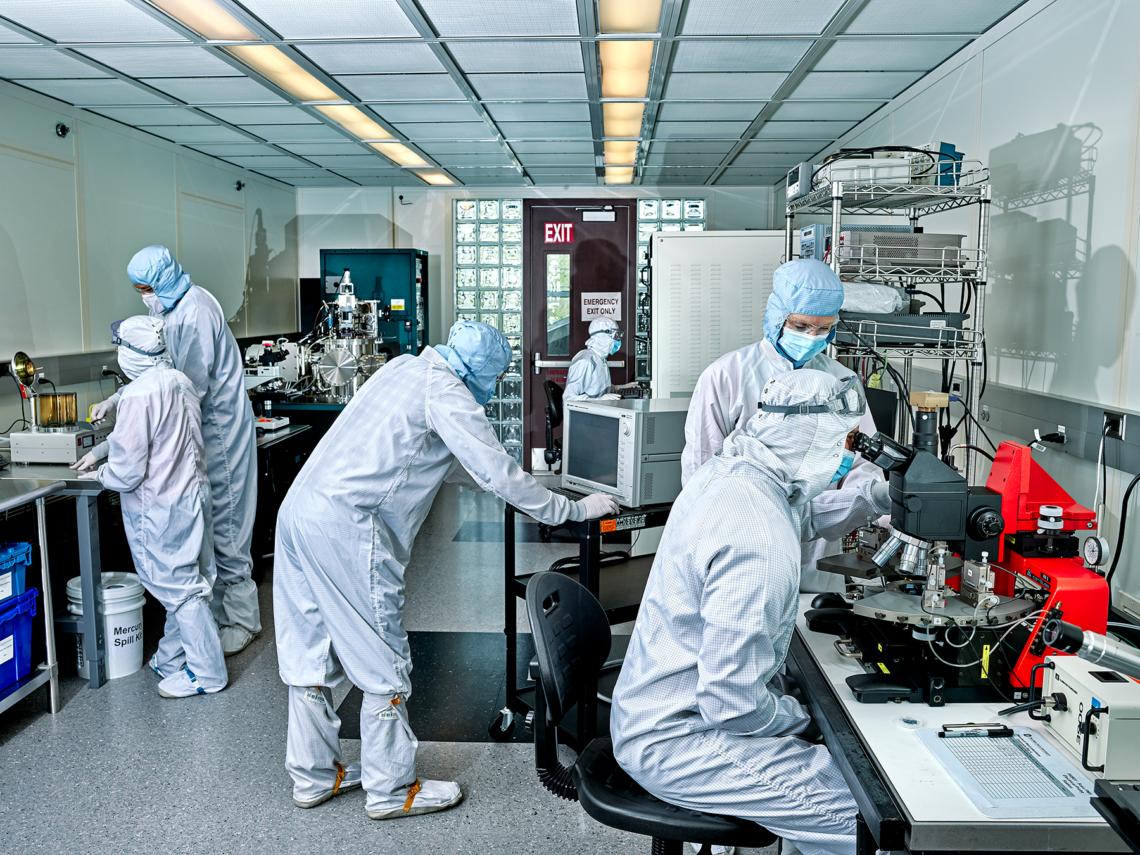The $3 AI ‘Wonder Stock' That Could Make You Up To 75X RICHER!
Sponsored
THIS IS A VERY TIME-SENSITIVE OPPORTUNITY. You're so close to knowing the identity of what Ross Givens is calling the “$3 AI Wonder Stock”. This AI-related play could herald the single, biggest tech revolution of the 21st century. In fact, early indications show a $5,000 investment could realistically turn into $75,000… $20,000 could morph into half a million dollars. The WORST thing you could do is to miss out. Reveal the $3 AI ‘Wonder Stock' here.
If you have $10 billion lying around, Sam Altman would like a word.
Altman is the CEO of OpenAI, the creator of the largest artificial intelligence (“AI”) platform, ChatGPT.
Last November, OpenAI’s board gave him the boot for not focusing on AI. Instead, he was jet-setting in hopes of finding investors to help him build semiconductor plants.
That’s not a small undertaking. Cutting-edge chipmaking plants cost billions of dollars and take years to build out. That’s why Altman was speaking with the likes of SoftBank and Abu Dhabi-based G42.
But Altman was brought back on as CEO of OpenAI. And last week, Bloomberg reported that he’s back on the hunt for billions in funding.
Altman and I both see the sheer demand that AI will have for advanced chips. As an investor, you should be paying attention, too.
Advanced chips are almost impossibly complex. We can count the number of companies that can build these chips with just one hand.
And AI has given the companies that make these chips a near license to print money. Elon Musk even said that he’ll buy as many as can be delivered.
Today, I’m going to share why Altman is on the right path… and how we can profit from it.
Making AI Possible
Cutting-edge chips are truly a marvel of engineering.
The individual chips are made from wafers… And a single wafer is made up of hundreds of smaller chips – the little squares on its surface.

Each wafer is made of dozens of layers. And each layer is etched and then sandwiched together.
Billions of transistors are etched onto each chip… And every single one has to work for the highest-end chips.
It’s these high-end chips that are the hardest to make.
But to make better chips, the transistors need to get smaller.
During the 1990s, cutting-edge chips had transistors that were 350 nanometers (nm).
Advanced chips such as Nvidia’s H100 use 3 nm transistors.
The realm of 3 nm plunges us into dimensions that are harder to grasp. A single strand of hair is 80,000 to 100,000 nanometers wide.
A single silicon atom has a size of about 0.2 nm. So, 3 nm is about the width of 15 silicon atoms lined up, side by side.
As you can imagine, it’s extremely difficult to etch something that small.
But that’s what extreme ultraviolet (EUV) machines are built for…
To start with, the machine blasts particles of molten tin with a laser.
This constant stream of tin reacts with the laser and emits EUV rays.
The wavelengths of these rays are so small they’re even absorbed by air. This machine has to operate in a perfect vacuum.
It then uses the world’s flattest mirrors to redirect the EUV light to the wafer.
The beams of light are held steady, and the wafer is moved to allow the etching to occur.
Each wafer has hundreds of chips. And each chip has billions of transistors.
These machines can make up to 3,000 wafers per day.
These EUV machines cost more than $200 million and are the length of a school bus.
The finished product is transported by three 737 airplanes and 20 semi-trucks to their final destination.
And housing these machines is even more expensive. While a basic semiconductor plant making chips for TVs and appliances might cost a few hundred million… a state-of-the-art facility will cost billions and take years to build.
That’s why Altman isn’t wasting any time trying to realize his ambitions for more chip plants.
Can’t Keep Up
Last week, Taiwan Semiconductor Manufacturing Company (TSMC) announced its latest earnings.
I won’t bog you down with the nitty-gritty details… The major takeaway is that demand for these advanced 3 nm chips is through the roof. Here’s a statement from TSMC’s CEO, C.C. Wei
We expect revenue from our 3-nanometer technology to more than triple in 2024… and are confident that our 3-nanometer family will be another large and long-lasting node for TSMC.
AI models need to be supported by more powerful semiconductor hardware, which requires the use of the most advanced semiconductor process technologies.
TSMC is the biggest maker of 3 nm chips. It makes Nvidia’s H100 and AMD’s MI300x – the most advanced chips on the market.
But even it won’t be able to keep up with the demand for AI chips.
According to multiple market research companies, AI chip demand is expected to grow by 40% per year to nearly $300 billion by 2030.
Altman realizes that even market leaders like TSMC can’t keep up with demand. That’s why he’s raising money now to build the manufacturing capacity for 2030.
27 militaries fighting over one material with $11 trillion up for grabs
Sponsored
So, here's the latest buzz: apparently, there's this new “miracle material” on the block, and people are going bananas about it. It's supposed to be the holy grail, making headlines for its mind-blowing potential. They're saying this stuff is stronger than steel but lighter than paper. I'm talking about making bulletproof vests out of nearly weightless cloth! It's like straight out of a comic book, Captain America-style. But that's not all this miracle material can do… They're even claiming it healed a severed rat's spine in less than two weeks. Sounds pretty wild, right? Now, they're saying it could spark the largest military transformation ever seen. Picture this: soldiers wearing nearly weightless bulletproof clothing, and if they do get injured, they'll be able to make miraculous recoveries from injuries… all thanks to this one miracle material. It's not hard to see why 27 major militaries worldwide are in an all-out scramble to snag as much of this stuff as possible. They're saying the market for what this stuff can do could be $11 trillion, or more. Early investors could be eyeing this as the next big score. If you want to dive into this frenzy and see what all the fuss is about? Click below to check it out. Click here to Explore the Hype!











